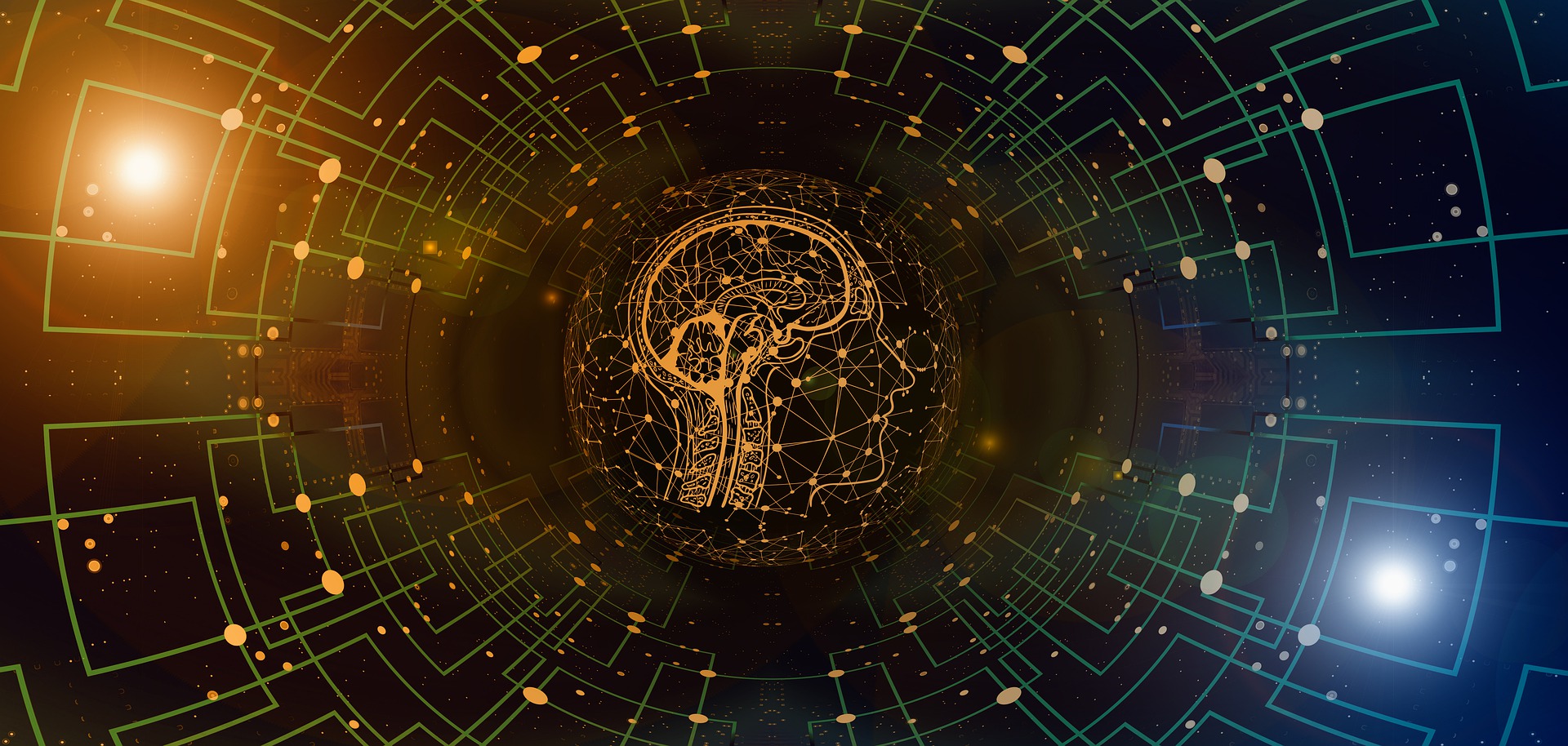
ChatGPT Logo
The Power of Conversational AI
In recent years, there has been a remarkable advancement in artificial intelligence (AI) and natural language processing (NLP). One of the significant breakthroughs in this field is the development of ChatGPT, an advanced language model developed by OpenAI. ChatGPT, based on the GPT-3.5 architecture, is designed to engage in dynamic and coherent conversations with users. This article dives into the world of ChatGPT, exploring its capabilities, applications, and potential impact on various domains.
Understanding ChatGPT
ChatGPT is a sophisticated AI model that employs deep learning techniques to generate human-like text responses. It is trained on vast amounts of diverse data, including books, websites, and other sources of written text. By learning patterns and relationships in language, ChatGPT can generate coherent and contextually relevant responses to a wide range of prompts and queries.
Key Features and Capabilities
Conversational Ability: ChatGPT is designed to engage in interactive conversations with users. It can comprehend and respond to questions, prompts, and messages, making it an ideal tool for chatbots, virtual assistants, and customer support applications.
Contextual Understanding: ChatGPT has the ability to understand and maintain context during conversations. It can remember previous messages and provide relevant responses, creating a more coherent and natural conversation flow.
Creative Text Generation: ChatGPT has the capability to generate creative and contextually appropriate text. It can generate stories, answer open-ended questions, and provide detailed explanations, demonstrating a level of language understanding and creativity.
Multi-turn Dialogue: ChatGPT can handle multi-turn conversations, where multiple back-and-forth interactions take place. It can remember user inputs and provide consistent and relevant responses throughout the conversation.
Applications of ChatGPT
Customer Support: ChatGPT can be integrated into customer support systems, providing instant and accurate responses to common queries and issues. It can assist users, provide troubleshooting guidance, and handle routine tasks, enhancing customer satisfaction and reducing the workload on support teams.
Virtual Assistants: ChatGPT can serve as the core intelligence behind virtual assistants, helping users with tasks such as scheduling appointments, providing information, and performing simple transactions. Its conversational abilities make interactions with virtual assistants more intuitive and human-like.
Content Generation: ChatGPT can be used to generate content, such as articles, blog posts, or product descriptions. It can assist writers by providing ideas, expanding on topics, and even generating drafts. However, human supervision is crucial to ensure the accuracy and quality of the content.
Language Learning and Tutoring: ChatGPT can act as an interactive language learning tool. It can engage learners in conversations, provide feedback on grammar and vocabulary usage, and offer explanations for language concepts, fostering an immersive and personalized learning experience.
Research and Knowledge Exploration: Researchers and students can utilize ChatGPT to explore and analyze complex topics. It can help in finding relevant information, summarizing research papers, and generating hypotheses, facilitating the knowledge discovery process.
Ethical Considerations and Challenges
While ChatGPT demonstrates remarkable capabilities, there are ethical considerations and challenges associated with its deployment. Some concerns include the potential for bias in generated responses, the risk of spreading misinformation, and the need for responsible use to prevent misuse or manipulation.
OpenAI encourages responsible AI use, emphasizing transparency and continuous improvement of its models. They actively seek feedback from users and the AI community to address these concerns and make advancements in ensuring the safety and ethical usage of AI technologies.
Conclusion
ChatGPT represents a significant advancement in conversational AI, enabling machines to engage in dynamic and coherent conversations with users. However, it’s important to note that while ChatGPT can generate impressive and coherent responses, it may occasionally produce incorrect or nonsensical answers. Users should exercise caution and critical thinking when interpreting and relying on its outputs.


